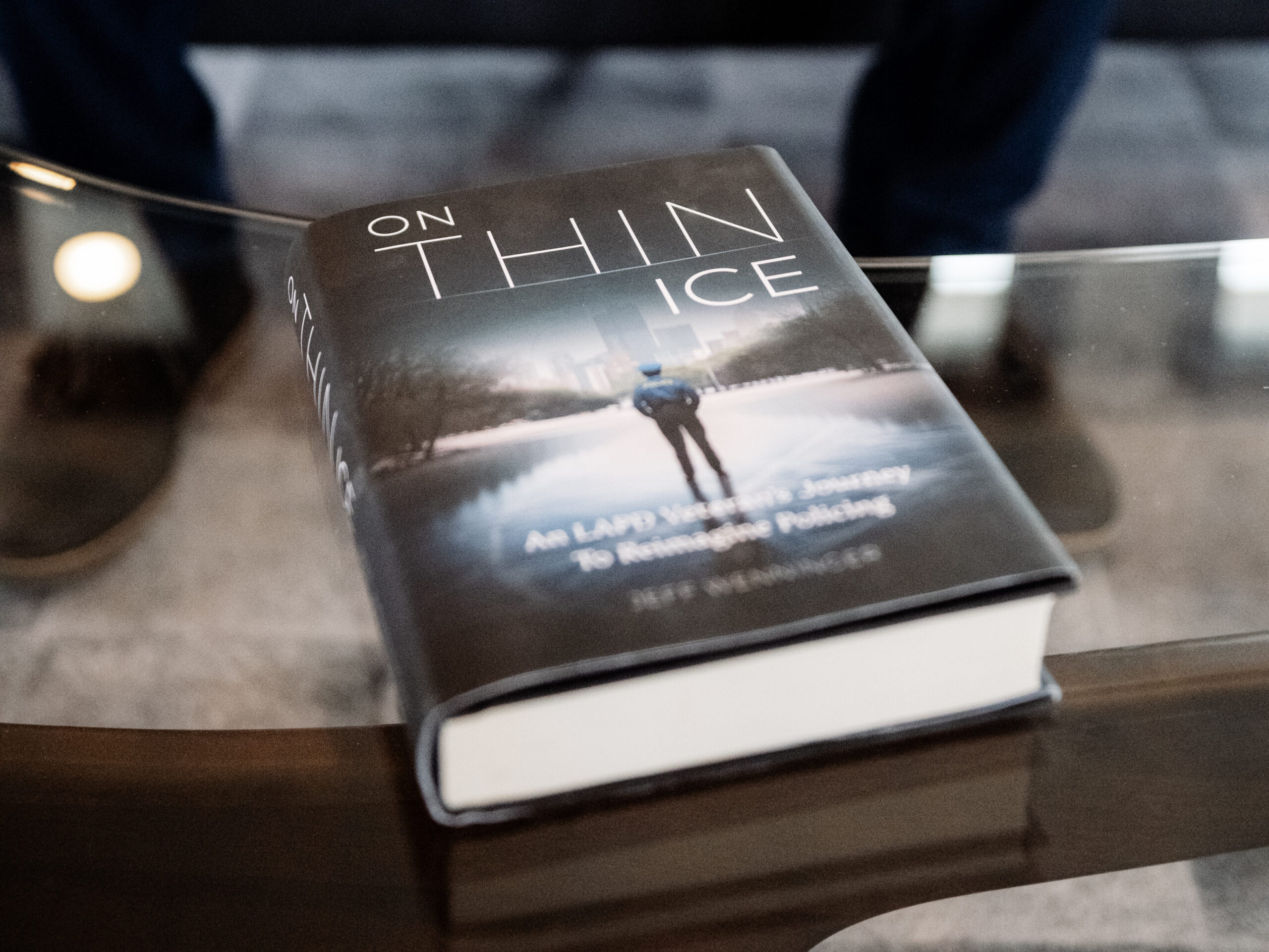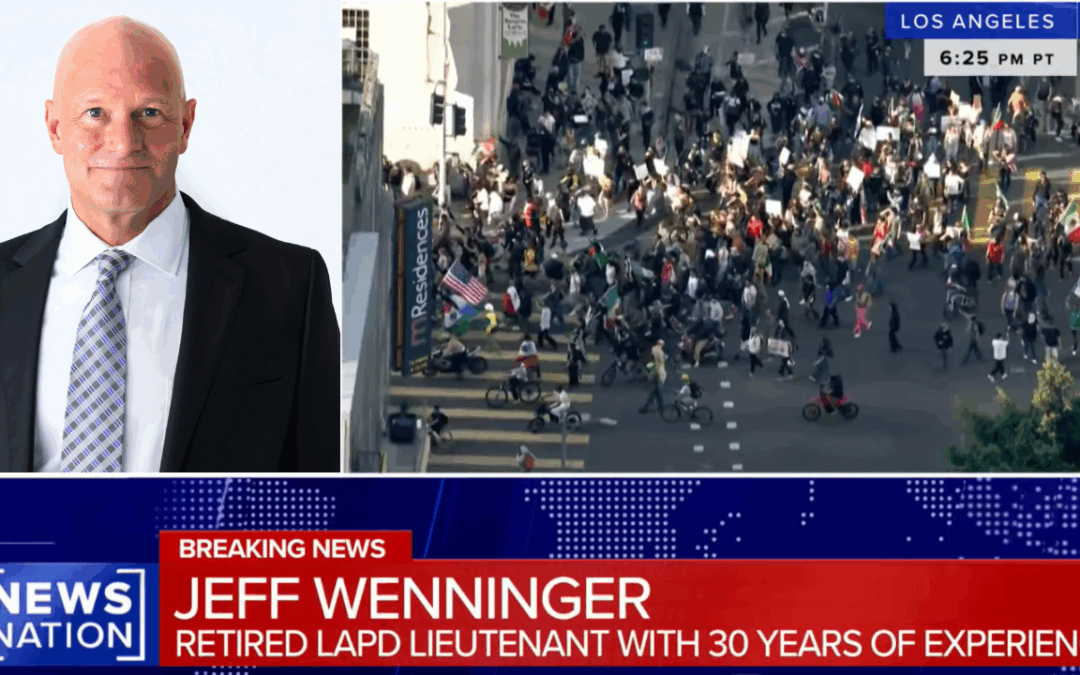
In my recent interview with Fox News Digital, I had the opportunity to share insights on a disturbing trend that law enforcement can no longer afford to ignore: the rising use of vehicles as weapons of mass violence. It is a threat I examine in detail in my upcoming book, On Thin Ice, particularly in the context of the tragic New Year’s Day ramming attack in New Orleans.
Today’s public safety environment demands more than a strong tactical response. It demands constant vigilance, deep collaboration, and early action. Success in terrorism interdiction is not just about who has the best technology or the most people. It is about collaboration across every level—local, state, federal, and international—and about keeping a finger on the pulse of emerging global trends before they arrive on our streets.
In counterterrorism, the key to success has always been collaboration. That means understanding the infrastructure vulnerabilities inside our own cities, analyzing open-source intelligence, and building an extensive network to pull information from multiple sources. Social media, blogs, Internet forums, public tips, human sources, undercover assets, and even advances from private sector technology are now critical to intelligence gathering.
As I shared during the interview,
“It’s about knowing and keeping your finger on the pulse of what’s occurring globally. It is not enough to look inward anymore. You have to know what is developing everywhere because what is happening abroad can land in your community with no warning.”
Information comes fast, from all directions. But it is what we do with it that matters. Law enforcement must be equipped to analyze open-source intelligence, identify actionable threats early, and interpret patterns to adjust security posture in real time.
The successes of modern counterterrorism and threat interdiction often go unnoticed. When attacks are prevented, when events are thwarted before they unfold, the public rarely hears about it. Silence, in those cases, is the sound of success. But that reality cannot lead to complacency.
The Rising Use of Vehicles as Weapons
One threat that has grown dramatically in recent years is the use of vehicles for mass violence. Vehicles are easy to access, easy to weaponize, and devastating when used in crowded public spaces. We have seen it across Europe. We have seen it in the United States. And just yesterday, we saw it again in Vancouver, British Columbia.
During a Filipino heritage festival, a 30-year-old suspect drove a black Audi SUV into a closed street packed with attendees. Eleven people were killed and dozens more injured, including children as young as five. The suspect, who had a history of mental health issues, was arrested at the scene and now faces multiple counts of murder.
This attack, much like the New Orleans incident I cover in On Thin Ice, reinforces the need for smarter, stronger public event security. After the Christmas market attack in Germany back in December 2024, where five were killed and more than 200 injured, it should have been clear that crowded venues require robust physical barriers and proactive surveillance. Yet time and again, we have seen missed opportunities to harden these spaces before tragedy strikes.
When assessing your infrastructure, you must identify vulnerabilities before someone else does. If you wait until after the fact, the consequences can be catastrophic.
Learning From Our Best Examples

The good news is that we have blueprints for what works. Departments like the NYPD and LAPD have demonstrated leadership in proactive counterterrorism efforts. NYPD’s Intelligence and Counterterrorism Bureau has set the standard globally, building a model that blends public-private partnerships, open-source monitoring, and aggressive prevention tactics. LAPD has adapted similar intelligence-led policing strategies, embedding threat analysis and interdiction into daily operations, not just special units.
These agencies understand that prevention is not a side project. It is the core mission. Public safety today demands looking at the full spectrum of threats, from lone actors to coordinated attacks, and adjusting posture accordingly.
Moving Forward
It is not enough to celebrate when attacks are thwarted. We have to study the attacks that happen and learn from them. Vehicle attacks are no longer rare anomalies. They are a growing method of mass violence, and ignoring that reality invites disaster.
Law enforcement must continue building intelligence networks, improving infrastructure security, training officers to recognize early warning signs, and strengthening partnerships with private industry and the public.
Because in the end, public trust, safety, and resilience are not built after a tragedy. They are built every day before one happens.

On Thin Ice goes beyond the headlines to explore what it really takes to lead, adapt, and protect in today’s evolving threat landscape. From vehicle attacks to intelligence failures to the unseen victories of proactive policing, this book pulls back the curtain on the moments that define public trust.



